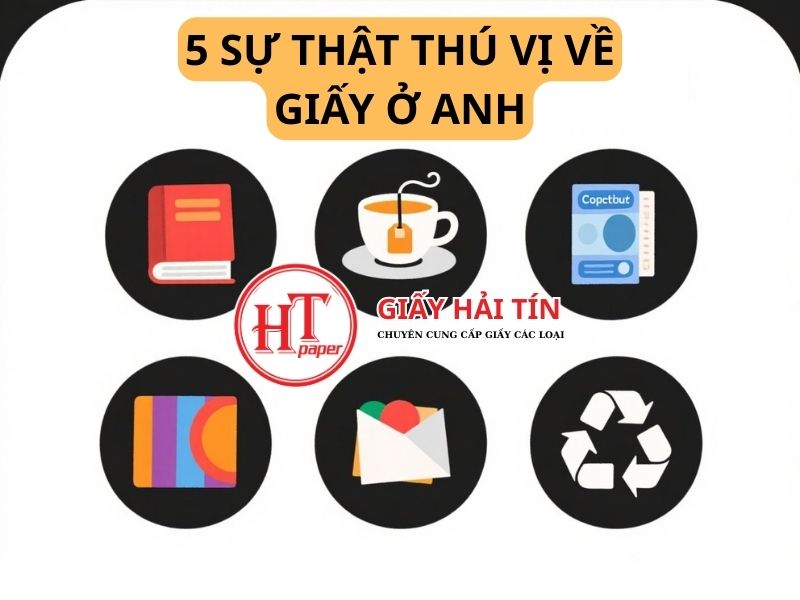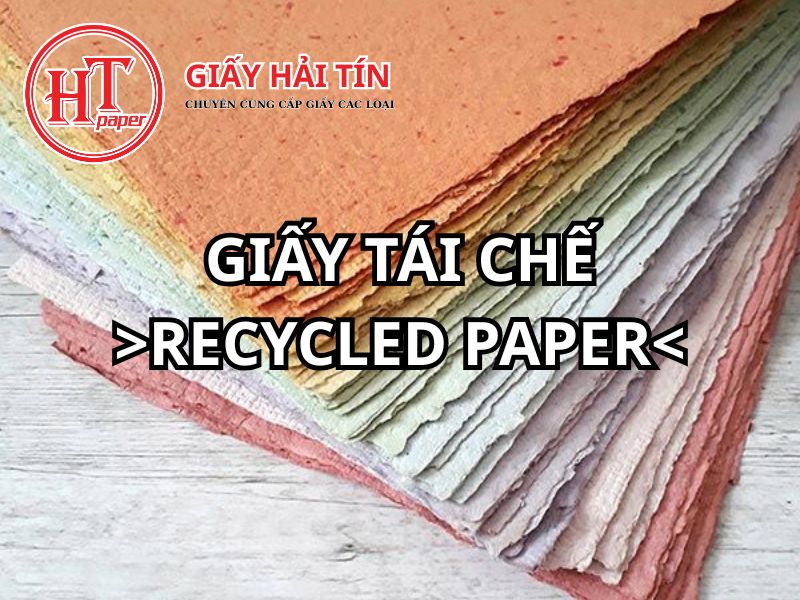Proposal to Reduce Taxes for the Paper Industry
The Vietnam Paper Corporation has recently proposed that the government reduce the value-added tax (VAT) to 5% for all domestically produced paper in order to fully exploit its potential, increase output, and diversify products to replace imported goods.
In addition, the corporation has also suggested granting special preferential treatment for loans related to the cultivation of raw paper materials and for the construction of paper factories in mountainous areas. It also proposes approving the plan to develop raw material zones for the Kon Tum Pulp Mill and authorizing the import of waste paper to operate the pulp production line at the Tan Mai Paper Factory.
The biggest limitation faced by paper factories at present is outdated technology, which results in low productivity, poor quality, limited product variety, and high costs. The paper industry is experiencing a severe imbalance between paper production and pulp production. Every year, the country must import between 75,000 and 80,000 tons of pulp, and domestic paper production is often affected and subject to fluctuations in the foreign market prices. Meanwhile, the abundant domestic raw material sources for pulp production have not been fully exploited.
“Giấy mất bao lâu để phân hủy” không có một con số cố định — nó dao động tùy loại giấy, lớp phủ và môi trường (compost có oxy khác bãi chôn thiếu oxy). Bài viết này trình bày con số tham khảo, giải thích yếu tố ảnh hưởng, nêu riêng giấy thường dùng trong ngành may và cách xử lý/ tái sử dụng thực tế
Giấy khadi ấn độ là loại giấy thủ công truyền thống nổi bật của Ấn Độ, nổi tiếng với vẻ đẹp tự nhiên, độ bền cao và ý nghĩa văn hóa sâu sắc. Loại giấy này không chỉ dùng trong các hoạt động nghệ thuật mà còn gắn liền với lịch sử và tâm linh của đất nước này.





